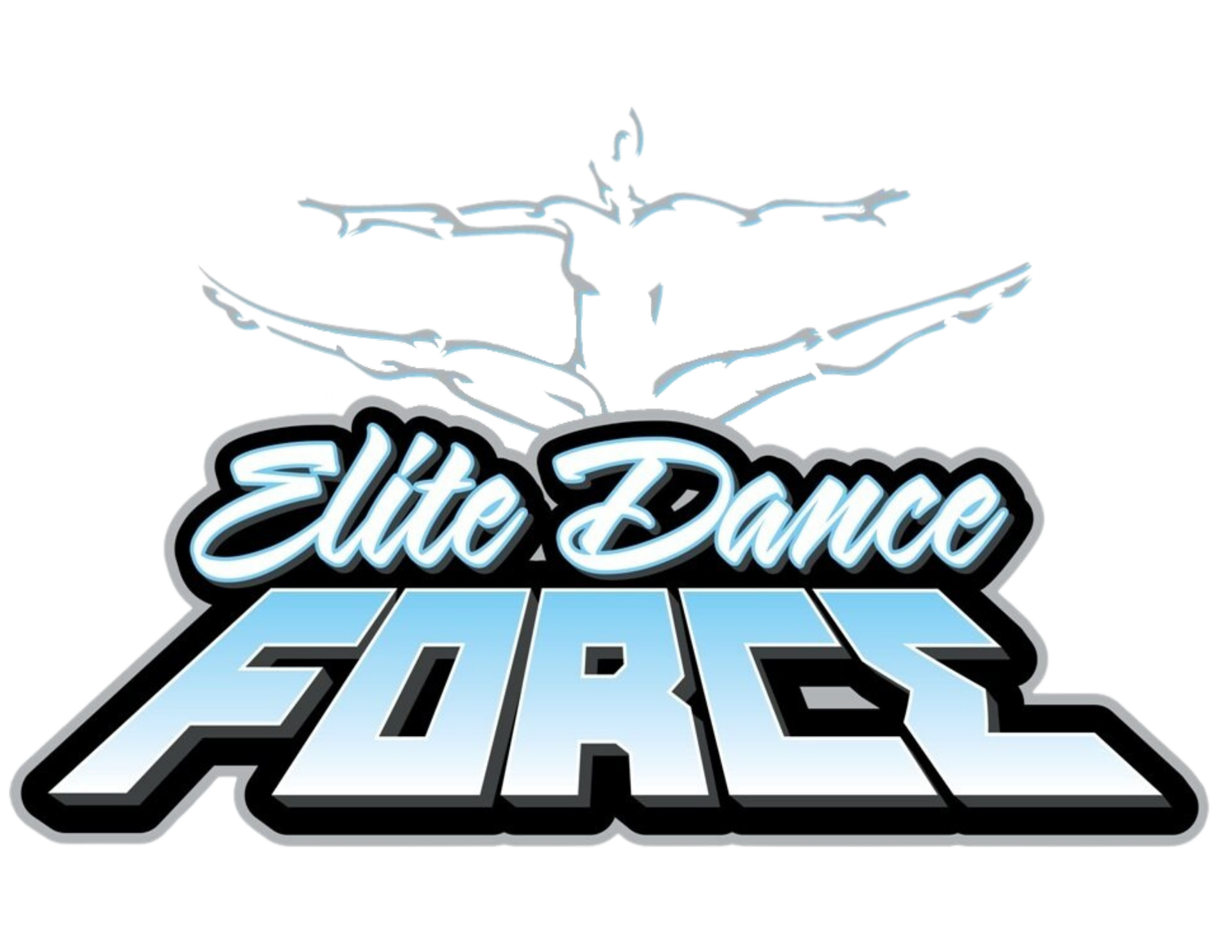How to provide social support for your young dancer
As a parent or caregiver, you are probably already aware of the physical demands of dance, but it's also important to acknowledge the mental and emotional toll it can take on young dancers. The competitive environment can be intense, with long hours of practice, strict discipline, and constant pressure to perform at their best. This can lead to feelings of self-doubt, anxiety, and burnout.
In order to combat this, it's important to provide social support to your dancer. Social support is verbal and nonverbal communication that reduces uncertainty about a situation or the self, and enhances perceptions of personal control (Albrecht & Adelman, 1987).
Here are 5 ways you can provide social support for your young dancer during the competition season.
Emotional Support:
Demonstrate care, concern, and empathy, creating a safe space for the dancer's emotions without judgment. Encourage open communication about their true feelings.
For example:
"How did today's practice make you feel?"
"What has been your proudest moment this season so far?"
"It's okay to feel disappointed when things don't work out; how can I support you right now?"
Instrumental/Tangible Support:
Provide practical resources and services to the dancer, such as driving them to auditions, preparing nutritious meals, or arranging private lessons with a coach.
For example:
"Would you like some private lessons with your coach to improve that skill?"
"Can I cook your favorite dinner tonight?"
"Let me pack energy-boosting snacks for your dance session!"
Esteem Support:
Boost the dancer's self-awareness by acknowledging their skills, abilities, and intrinsic value. Offer empowering information to enhance their confidence.
For example:
"Your pirouettes have shown remarkable improvement this year!"
"I can see the progress your solo has made since I last saw it; you've worked hard!"
"Wow! That skill is incredibly challenging, and I'm so proud of for mastering it!"
Social Network Support:
Encourage the dancer's connection with others who share similar interests or situations. Foster ongoing engagement with their social networks.
For example:
"Want to invite your team over for a movie night?"
"It's wonderful to see you spending time with her! You two bring out the best in each other."
"Let's organize a practice session at the tumbling gym with some of your dance friends!"
Informational Social Support:
Share knowledge, advice, and feedback to guide the dancer's decision-making. Encourage problem-solving actions.
For example:
"Do you want to watch videos of professional dancers online to improve your turns?"
"Let's discuss with your coach which summer intensives and workshops would be beneficial for you this year."
"How about we ask your teacher for recommendations on online classes to enhance that particular skill?"
To sum it up, supporting a young dancer in their competitive journey goes beyond being physically present. It's about forming an emotional connection, providing practical assistance, boosting self-esteem, building social networks, and offering guidance. Each form of support plays a vital role in helping them navigate the pressures of the dance world and foster their growth as dancers and individuals. By employing these strategies, you can create a nurturing environment that allows your dancer to thrive amidst the demands of competitive dance.
